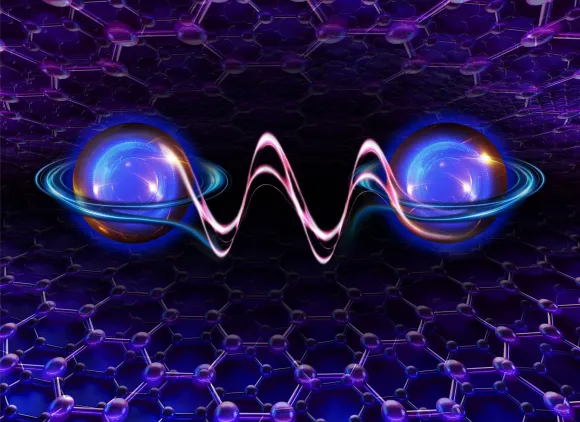This collection of lessons, videos and resources is designed for teachers, students and their families, providing engaging materials that explore foundational principles and cutting-edge discoveries in physics.
 On this page
On this page
Lessons and activities
K-12 Curriculum: Physics
For educators (grades K–12)
TeachEngineering offers a comprehensive collection of K–12 physics curricular resources that integrate hands-on engineering design with fundamental physics concepts to enhance student learning and engagement.
Popular lessons include "Kinetic and Potential Energy of Motion" and "Physics of Roller Coasters."
QuarkNet
For high school educators
The QuarkNet collaboration is a national professional development program that connects high school science teachers with particle physicists to engage in authentic research and develop effective teaching practices in physics.
Interactive physics tutorials
For college students
Explore a collection of video tutorials and online activities focusing on foundational concepts in physics.
Videos
The Science of Sports
This U.S. National Science Foundation YouTube playlist the explores the science, engineering, physics, chemistry, design and technology that are helping Olympic athletes maximize their performance.
Little Shop of Physics
This NSF YouTube playlist features fun physics experiments developed by the Little Shop of Physics at Colorado State University.
Images

Credit: Tyler Sloan and Amy Sterling for FlyWire
Credit: Sebastian Will/ Will Lab/ Columbia University
Credit: John T. Consoli/University of Maryland

